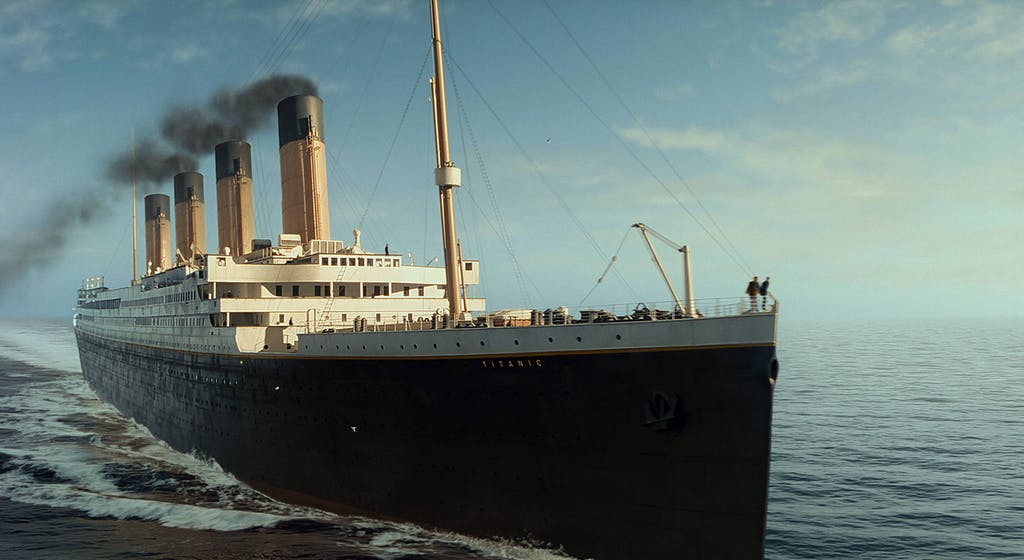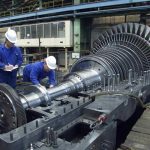The Steamship

Just as steam revolutionized land transportation with the invention of the locomotive, it also became the dominant power source on water — replacing manual oars and sails. The early development of the steamship closely parallels that of the steam locomotive and the steam engine itself. In the late 1600s, Denis Papin, innovator of the steam piston and pressure cooker, theorized the use of steam-driven impellers to power a boat.
However, it was 1763 before Jonathan Hull was granted the first steamship patent for a tug boat for port use that used Savory’s Engine to power a water wheel. Unfortunately for Hull, both Savory’s Engine and the Newcomen engine were unable to produce sufficient horsepower. It was only after James Watt’s contributions to steam technology that early steamboats became feasible.
British and French inventors (including steam locomotive pioneer Richard Trevithick) worked on the concept but created only slow, cumbersome vessels. But during the same time period, Robert Fulton successfully tested a prototype steam boat for river use. In 1807, he launched the Clermont, a paddle-wheel boat that soon proved capable of transporting passengers and cargo miles up and down stream. The success spread to Europe, where in 1812, British engineer William Symington débuted the Charlotte Dundas, the first successful steam-powered passenger boat.
When it came to ocean travel, ships outfitted with sails were given auxiliary steam power to use when wind power was insufficient. One such vessel, “Savannah,” became the first steam-powered ship to cross the Atlantic in 1819.
Steam power quickly replaced sails. By 1815, more than 40 steam vessels were operating out of Liverpool. By 1826, businessmen linked to the sail industry went so far as to send a petition for government intervention to protect their business. Steam power dominated naval transportation until the rise of diesel-powered engines in the second half of the 20th century.
The Steam Turbine
In the 1830s, British physicist Michael Faraday created an early electric generator called the dynamo. Other inventors soon set out to perfect a method by which a steam engine could create the rotary motion necessary to produce electricity. They soon discovered that there was a limit to the number of revolutions per minute a steam-driven piston could provide. But the solution to this problem was to be found, ironically enough, in the very technology Hero proposed in A.D. 75: the steam turbine.
Whereas Hero’s steam turbine called for steam to be jetted from the perimeter of the object to be rotated, early 19th century engineers proposed directing steam straight onto blades attached to the perimeter of a wheel. However, steel was not yet strong enough to hold up to the stress of such rapid rotation. In 1884, British engineer Charles Algernon Parsons put new steel technology to use. He created a turbine capable of using compounded steam that turned a dynamo at 18,000 revolutions a minute. In 1890, his steam turbine and accompanying electric generator were installed in the Forth Banks power station. The technology soon spread through Europe.
Parsons also applied his steam turbine technology to naval purposes, introducing his vessel, Turbinia, at Queen Victoria’s Diamond Jubilee in 1897. Parsons was subsequently commissioned to fit a Royal Navy destroyer with a turbine engine
THE DANGERS OF STEAM
Given the high pressures and temperatures of steam engines, it’s not surprising that explosive accidents have peppered the technology’s development. For this reason, boilers — ranging from simple pressure cookers to power plants — are equipped with some manner of safety valve. When the pressure inside the boiler becomes too great, excess steam is released through the valve to prevent an explosion. These devises are typically weight or spring powered and require a set level of pressure to open the valve. However, accidents still occur. Explosions due to the intentional or accidental deactivation of safety valves were fairly common in the 19th century. The bad press from such incidents proved a hurdle to steam pioneers and inventors of the day. One of the more notable steam-related accidents of the 20th century occurred at the Three Mile Island Nuclear Generating Station. The accident began when pumps feeding cool water to the steam generators stopped running, resulting in increased steam pressure. This triggered the plant’s release valve, but when the valve failed to close, the reactor core itself overheated.



Comments are closed